Grimy... Yet Satisfying - A Day in the Life of an ESL Teacher in India
Annie Chen, a graduate of the International TEFL Academy, shares her experiences of teaching English as a volunteer in Mumbai, India - from the obstacles she faced to the gratifying moments that made it all worthwhile.
Written By: Annie Chen | Updated: June 29, 2023
Written By: Annie Chen
Updated: June 29, 2023
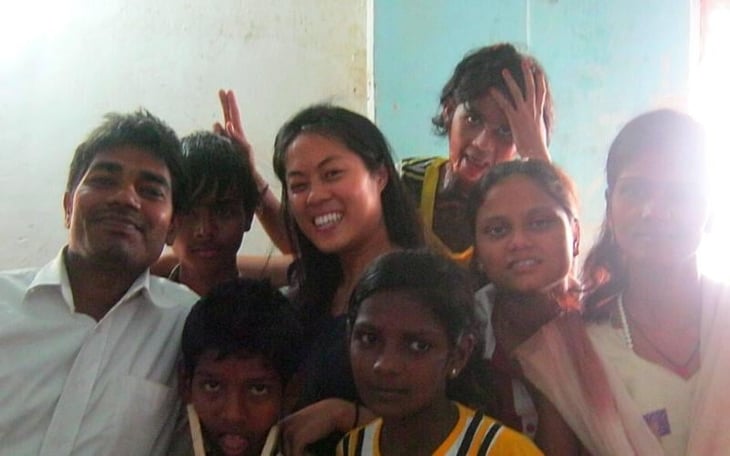
There are numerous things that quickly become a regular occurrence for expats – locals staring without any shame or guilt, getting asked repeatedly in various grammatically incorrect forms of “Where are you from?” and having to enunciate everything are just some examples. One that I find humorous, and much more ubiquitous than most locals realize, is when I share an anecdote with someone, highlighting something out of the ordinary and they respond with a laugh, “It’s (insert country name here)! It’s crazy here!”
In Rome, when I mentioned to my landlady that I couldn’t believe you had to buy stamps from the convenience store and not the post office, she chuckled, “Welcome to Italy!” After I saw a hare running across the street in Moscow, my students shrugged it off with a grin, “It's Russia! Anything can happen!” The only country where I have legitimately felt that the statement held substantial worth was in India.
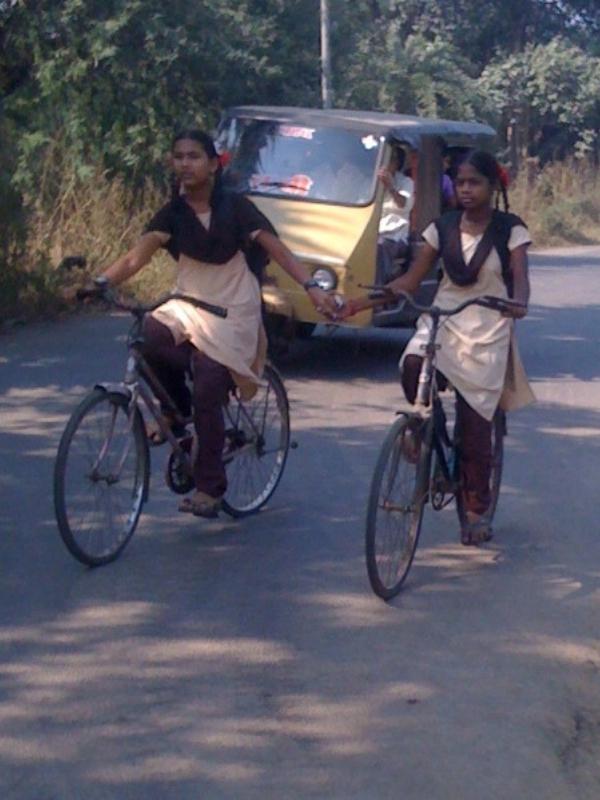 The allure of India is a powerful one. With all the mysticism of the Taj Mahal, the hugely dividing caste system, the infamously inefficient transport system and diverse ethnic makeup spread out in the massively poor country, I’ve met very few people who didn’t have a strong
The allure of India is a powerful one. With all the mysticism of the Taj Mahal, the hugely dividing caste system, the infamously inefficient transport system and diverse ethnic makeup spread out in the massively poor country, I’ve met very few people who didn’t have a strong
opinion on it. It is this polarizing effect that led me to take it upon myself to live there - I didn’t want to merely listen to my friends’ stories about why they loved or hated it, but instead, I wanted to throw myself headfirst into the experience of India and form my own opinion.
It is well known that English teaching positions are hard to come by in India, for various reasons, but volunteer positions are aplenty. I found a non-profit organization which was one of the few I’ve seen to allow people to volunteer without paying any additional expenses, plus they would provide the housing, meals and transportation costs to the school so following my contracted position in Indonesia, after a headache-inducing visa process, I booked a one-way ticket to Mumbai. It was a whirlwind of an adventure, but my time in India can best be illustrated with a glimpse into my regular routine there.
The volunteer teachers lived together in West Mumbai in wealthy Bandra but our flats were not nearly as posh as the neighbors’. The four of us shared a small kitchen, toilet room and shower with one bedroom for my roommate and I. The other two volunteers had their single beds in the living room. Handmade wooden bookcases were crammed with bags of donated clothes, toys and books so our luggage and belongings were stuffed in any remaining space.
Every morning began with a 7:30 am ring at the door from the trash lady who would come by and collect the rubbish bags from every apartment. At 8 am, our cook/ maid would arrive to prepare breakfast for us. At 25 years old, she is the eldest of 10 children with the youngest being 4 years old. Most of her family members attend our school and as a sign of support, the organization paid this eldest sibling to cook and clean the volunteer flat. The breakfasts usually consist of homemade chapatti with some eggs and basic vegetables mixed together, plus a very strong and sweet chai.
The volunteers carry a bottle of potable water to school every morning – they would be delivered to the flat, and we would bring it in our rickshaw with us. The water, however, was only for the teachers and adults – the children were well accustomed to drinking from the tap, water that would instantly upset any foreigner’s stomach. The cook would assist in flagging a rickshaw down from the nearby dusty street. Unlike the ones in Indonesia or Thailand, these rickshaws had meters with a fixed rate so no haggling was needed.
A 10-minute ride along the “beach” (where you are very likely to step on a needle or broken bottle among the plastic bags and roaming pigs) later, we had to then walk down a market street, dodging the cars honking around the pedestrians and street merchants setting up their vegetable stands and fried potato grills.
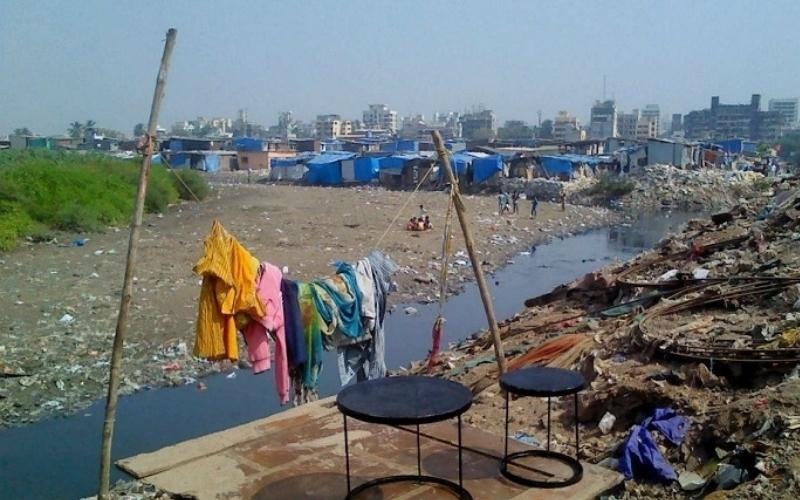 Our school was wedged between clothing shops, convenience stores and a few homes so the main entrance could be reached down an alley or we would head in through the ‘garage’ off the main street. The children liked to arrive earlier than classes since they had very little in their homes to begin with, and those without any homes were always eager to socialize with their friends and teachers alike. A communal television in the garage (which would later convert into a classroom) was a popular source of entertainment for the kids, who ranged from 2 years old to 15
Our school was wedged between clothing shops, convenience stores and a few homes so the main entrance could be reached down an alley or we would head in through the ‘garage’ off the main street. The children liked to arrive earlier than classes since they had very little in their homes to begin with, and those without any homes were always eager to socialize with their friends and teachers alike. A communal television in the garage (which would later convert into a classroom) was a popular source of entertainment for the kids, who ranged from 2 years old to 15
The main room is where everybody would congregate to kick off the day. The local teachers would take turns leading the children in a daily giving of thanks written by the organization which purposely excluded any specific religious deities. A sample line is, “Thank you for the teachers who teach us, the volunteers who come and the sponsors who give. Thank you for the food we eat, the games we receive and the health we have.”
The 9 levels – 1 being the 2-year-olds and 9 being the 16-year-olds – would then separate into their respective classrooms. Most of the time, the volunteers and I were in charge of primarily the English classes. I had Step 8 first thing in the morning, and since each class was 45 minutes long, we would practice simple games with instant gratification, such as board races and alphabetizing competitions.
The challenge with this level was their lack of discipline - most of the children had never attended a “real” or government school and thus had only ever received any from their parents when they are hit or yelled at. I found out the normalcy of this a heart-wrenching way, when one of my 13-year-old girls ran crying into my afternoon class one day, running from her mother who was angrily storming after her and smacking her with an open palm. None of the other adults blinked an eye, and the other children just looked away or kept on chatting with their classmates.
Step 9 was also a regular class of mine and as the oldest, and significantly more advanced level than 1-8, was the hardest to plan for. They had a fairly strong listening comprehension but also a relatively short attention span for grammar. This class is also the source of one of my most illuminating stories regarding the poverty level we dealt with. An activity I’ve done with many children and adults in other countries is an adjective-enforcing one, where one student leaves the room and the others have to draw 3 or 4 pictures on the board of things illustrating a particular adjective.
For example, if I give them the word “tall” the students might draw a tree, the Eiffel Tower and a basketball player. When I was modeling this with the word “cheap”, I drew an eraser, a pencil and some candy. The kids, however, kept calling out, “Expensive! Expensive!” This harsh truth is the reason that at the end of each day, we have to count and collect back their pencils and notebooks where they do all their work, because otherwise they would steal them and sell it in the streets for chewing tobacco.
I also had Step 9 for Social Sciences, which was an interesting insight into what Indians focused on studying – their caste system and internal political system knowledge was surprisingly strong, yet their grasp of general world geography was shockingly patchy. When asked what country beginning with a “C” was above the USA they instantly blurted out,” China!” Many of the teenagers were convinced that New Zealand was the capital of Australia. On the other hand, they can rattle off the regions of Pakistan and Indian states without a problem.
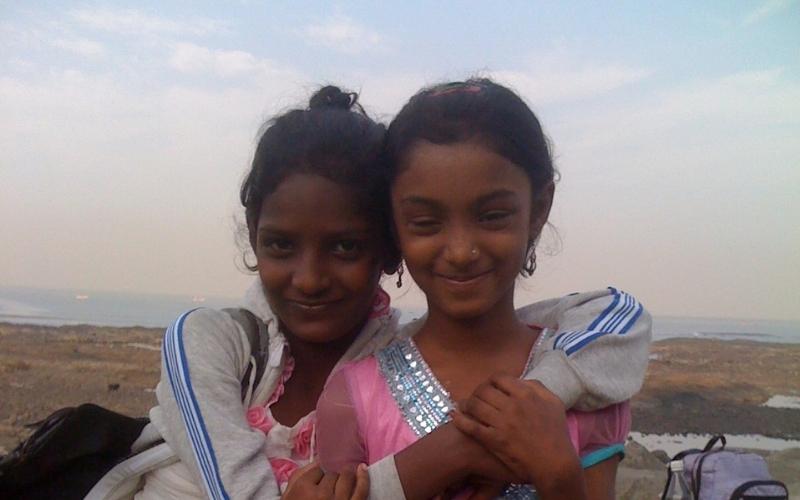
Lunchtime consisted of two shifts – Step 1 to 4 would eat first, sitting on the floor and waiting for the teachers to dish out plain rice, dal (lentils) and a small helping of semi-spicy vegetables in a sauce. On special occasions, the kids would get hard-boiled eggs as well. When they finished, normally after two or three helpings, the metal plates would be washed in a sink in the back room and the kids would wash their hands, which they eat with, and watch TV until the afternoon shift of classes began.
In the meantime, the older kids played outside for their Sports class. Their play area was a public dirt field with a volleyball net which would double for badminton sometimes, and stretches and exercises led by the local teachers. They would regularly trounce into the main room dirty and sweaty from their workout, and then proceed to eat like this meal was their only one of the day. To be fair, for many of the children, that was indeed the case.
Following afternoon classes, the kids liked to loiter for hours playing in the school vicinity since very few of them had anything else better to do, while the teachers planned the lessons for the next day over a cup of chai and debriefed. I was given an additional responsibility though, one which still haunts me occasionally.
Two years ago, a faulty gas leak in the kitchen exploded and one of the 15-year-old girls was caught in the blast. The organization paid for her hospital bills and she miraculously survived but not without a price - she was severely scarred from the infection. As a result, besides visual evidence of her trauma, she doesn’t have full mobility with the right half of her body and has lost some of her vocal abilities to speak properly. I was tasked with doing a series of exercise regimes designed to loosen her limbs and muscles.
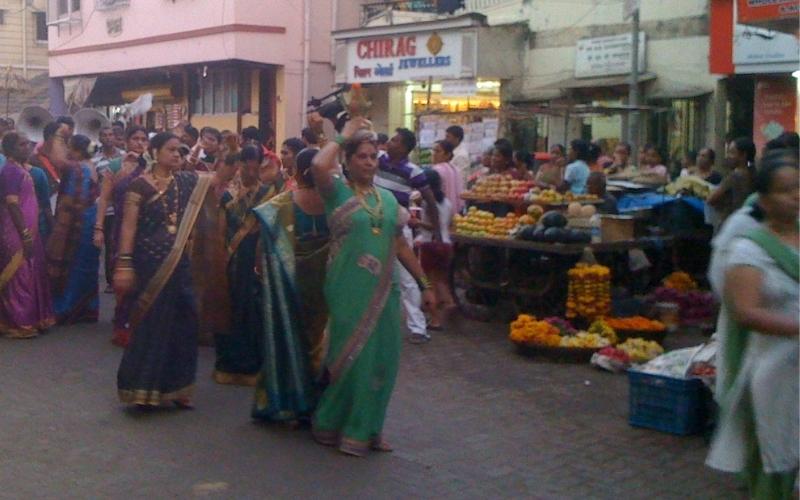
Although normally in relatively high spirits, considering what she’d been through recently, her mood would fluctuate, as any other teen. Understandably, she would always want these to be done in the privacy of an empty classroom, which was difficult to find with so many people around all the time.
Finding a way to motivate her, and the other students, to push themselves to a higher level was a daunting task. In a society, as structured and classified as India’s is, the girls are constantly being told that they don’t belong in a school learning useless skills like English or math but instead at home, shadowing their mothers and taking care of the younger children. To that point, there were in fact sewing and cooking classes at our school as well. These subjects, along with carpentry, computer and other practical classes took place after hours.
In the evenings, the other volunteers and I had very little time (or energy) left to do much. There was a central market down the street selling a myriad of kurtas with every combination of colors and patterns as well as household goods, toys and shoes for less than $3. Dinner would be provided for us by the cook, and cold showers were taken in shifts. Extra towels were used as cushions to sit on the floor so we didn’t have to swat at the ants crawling around while we caught up on the internet and an early night was common to prepare for the next day’s chaos.
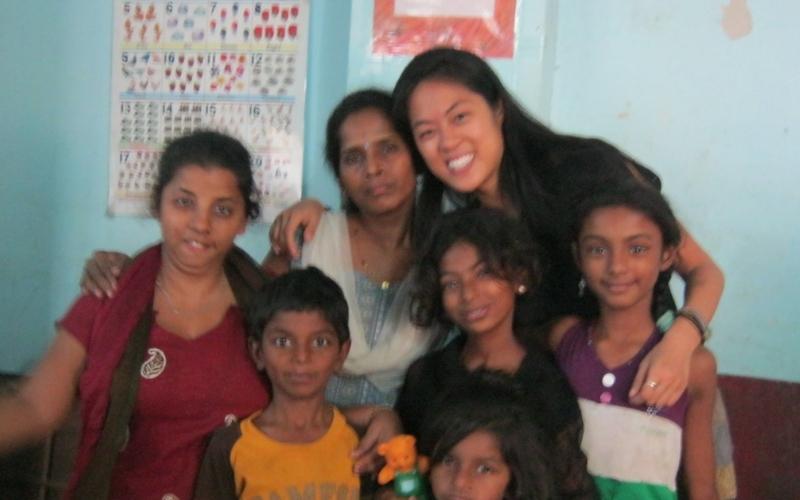
Although my time in India was by far the most difficult job I’ve had to date, it was without a doubt the most rewarding. Seeing the simple joys that brought smiles to the kids’ faces and being able to take part in it is an experience I will carry with me for years to come.
Go further: Volunteer English Teaching in Dharamsala, India: Q&A with Magda Ksiazak
Posted In: Teach English in Asia, Teach English in India
Annie Chen
Annie Chen was born and raised in Los Angeles, where she attended UCLA and studied Psychology and Sociology. One day, her overwhelming urge to travel and meet people from all over the world took over, and without a second glance, off she went to see the world. Since earning her TEFL certification through International TEFL Academy, she has taught & volunteered in Italy, Russia, Turkey, Indonesia, and India.
Want to Learn More About Teaching English Abroad & Online?
Request a free brochure or call 773-634-9900 to speak with an expert advisor about all aspects of TEFL certification and teaching English abroad or online, including the hiring process, salaries, visas, TEFL class options, job placement assistance and more.







